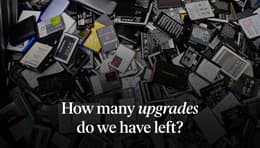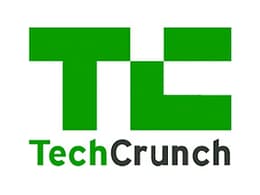
Back Market is the leading global marketplace dedicated to Verified Refurbished technology. Our mission is to create a world that does more with what we already have by prolonging the lifespan of electronic devices through circularity and repair.
Founded in Paris in 2014, the company has grown by double digits year over year and to date over 30 million refurbished devices have been sold on Back Market across 17 markets, avoiding approximately 1.6 million tons of carbon emissions.
Commitments
Let’s end fast tech.
At Back Market, we're fighting against fast tech—a system dominated by the overproduction and overconsumption of devices. Join us.

Our Impact Report
Our 2024 Impact Report examines the environmental impact of our favorite pocket devices—the good, the bad, and the Back Market.

Verified Refurbished by Back Market
Verified Refurbished by Back Market means refurbished devices that have been inspected by industry professionals.

Right to repair
It’s no secret that your tech works better and lasts longer if you take care of it. Let’s talk about fighting fast tech and the Right to repair.

We’re a certified B-Corp
This company meets high standards of social and environmental impact.

Newsroom
Latest News
Press releases, sustainability, partnerships, and more.Industry Insights
The best in device tips, sustainability resources, buying guides, and beyond.As seen in
Press Kit
Here you'll find all the visuals and communication materials you need to talk about Back Market in the right way.

Leadership
Leadership Team
Our leaders and experts.Our Investors
Since we were founded in 2014, Back Market has raised over $1 billion from top investors around the world to advance our mission to be the recognized global leader in verified refurbished technology and circularity.Contact
Work at Back Market
Searching for opportunities that benefit your career and align with your values? Search and apply.






































